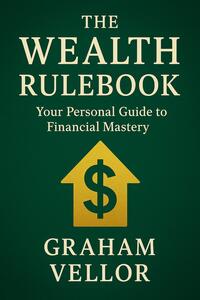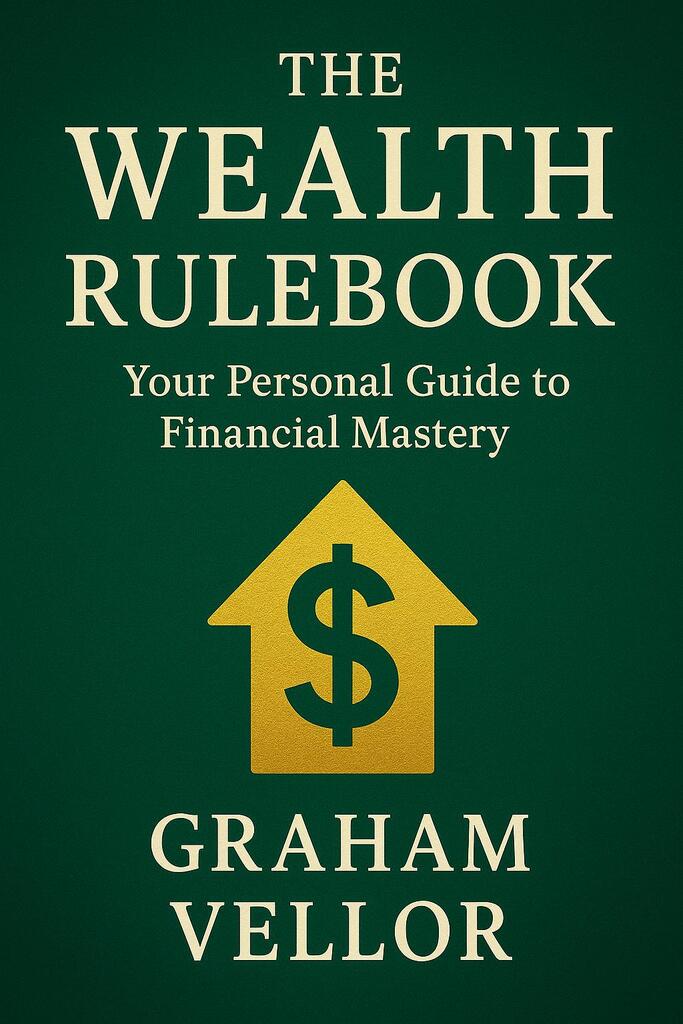A Guide for Those Worried About Money
 Money worries can feel like a constant weight on your shoulders. Whether you’re struggling to make ends meet, living paycheck to paycheck, or just unsure about the future, financial stress can affect every part of your life — from your sleep to your relationships. The good news is that financial stability and even independence are achievable, no matter where you’re starting from. The key is taking small, consistent steps that move you from surviving to thriving.
Money worries can feel like a constant weight on your shoulders. Whether you’re struggling to make ends meet, living paycheck to paycheck, or just unsure about the future, financial stress can affect every part of your life — from your sleep to your relationships. The good news is that financial stability and even independence are achievable, no matter where you’re starting from. The key is taking small, consistent steps that move you from surviving to thriving.
1. Understand Where You Stand
Before you can make progress, you need a clear picture of your current financial situation.
List all your income sources, fixed bills, and variable expenses. Track every dollar you spend for at least a month — apps like Mint, YNAB, or even a simple spreadsheet work great. Seeing your spending patterns helps you find leaks and plan more effectively.
2. Create a Realistic Budget
A budget isn’t about restriction — it’s about control. Divide your income into essential needs (like rent, utilities, groceries), wants (entertainment, dining out), and savings or debt payments. A simple starting point is the 50/30/20 rule:
50% needs
30% wants
20% savings or debt repayment
Adjust these percentages as necessary, but always make sure saving something is part of the plan — even if it’s just a few dollars at first.
3. Build an Emergency Fund
An emergency fund is your financial safety net. It keeps you from falling into debt when life throws surprises your way — like a car repair or job loss. Aim for at least $1,000 to start, and then gradually work toward 3–6 months of living expenses. Keep it in a separate, easily accessible savings account so you’re not tempted to dip into it.
4. Tackle High-Interest Debt First
Debt can drain your finances and your energy. Focus on paying off high-interest debts (like credit cards) first using either the avalanche method (highest interest rate first) or snowball method (smallest balance first). Whichever method keeps you motivated is the right one for you. As you pay off debts, roll those payments into the next one — momentum builds quickly.
5. Simplify and Automate
Set up automatic payments for bills and transfers to savings accounts. Automation reduces stress and ensures consistency. You’ll be less likely to miss payments or spend money meant for savings.
6. Grow Your Income
Financial stability often requires increasing what’s coming in, not just cutting back. Look for ways to earn more — freelance, start a side business, or learn a new skill that can boost your income potential. Even small raises or part-time projects can accelerate your financial progress.
7. Start Investing Early
Once you’ve built an emergency fund and reduced debt, it’s time to make your money work for you. Contribute to retirement accounts (like an RRSP or TFSA in Canada) and explore low-cost index funds. Compound interest turns small investments today into significant wealth over time.
8. Protect What You’ve Built
Financial independence isn’t just about growing wealth — it’s about keeping it safe.
Get adequate insurance (health, home, auto, and life), update your passwords, and monitor your credit. A small amount of preparation today can prevent huge losses tomorrow.
9. Keep Learning
Money management is a lifelong journey. Read books, listen to finance podcasts, or follow personal finance educators who align with your values. Knowledge is one of the best investments you can make.
10. Define What Independence Means to You
True financial independence looks different for everyone. For some, it’s owning a home outright. For others, it’s having the freedom to work less and live more. Define your version of independence — then align your financial decisions toward that goal.
The Next Step
If you’ve read through these steps and feel a spark of hope, that’s a signal you’re ready to go deeper. This post gives you the foundation — but what if you could use a tried-and-tested roadmap, designed specifically for people navigating financial uncertainty?
That’s where The Wealth Rulebook: Your Personal Guide to Financial Mastery comes in. This book expands on every step we covered — budgeting, saving, investing, mindset, and more — with clear rules, real-world examples, and actionable exercises. It’s like having a personal coach guiding your financial journey.
If you’re serious about moving from worry to confidence, I encourage you to pick up a copy of The Wealth Rulebook and let it be your companion through the challenges ahead. Start applying its principles, and you’ll see steady progress—and peace of mind—over time.





